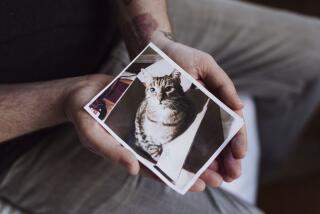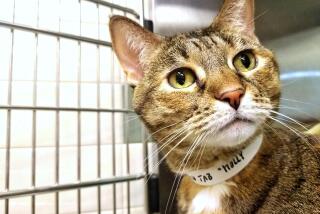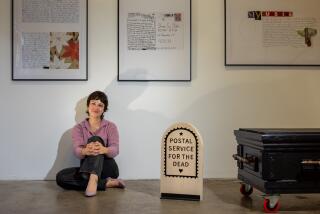Dead Cats and the Afterlife
Newlyweds Armando, a second generation American of Filipino descent, and Margie visit Armando’s gravely ill grandfather in the hospital. For nearly a week, the entire family has been holding a death vigil at his bedside.
On their way home one night, an exhausted Margie and Armando accidently run over Leo, the family cat. Panic ensues. How can they tell the other family members about the loss of their beloved Leo when they are already grieving for Grandfather’s imminent demise? The young couple fears the family’s emotional response. Nonetheless, they phone the hospital to inform relatives about the loss of their pet. To their amazement, instead of being sad about the news, the family is elated.
What does this mean?
The family was happy because they believed that Leo would take Grandfather’s place in the afterlife. Grandfather might now live for a little while longer.
The idea that death or sickness can be transferred to another person, animal or inanimate object is a widespread one. During medieval times, Jews cured severe headaches by winding a thread three times around the head and later hanging the thread in a tree. When a bird flew through the loop, the creature carried the pain away.
Irish immigrants rid themselves of warts by rubbing a piece of potato on the growths then planting itin the far end of the backyard. When the potato sprouted, the warts were gone. An old children’s rhyme embodies the belief in transference. “Stye, Stye in my eye, go to the next one passing by.”
More to Read
Sign up for Essential California
The most important California stories and recommendations in your inbox every morning.
You may occasionally receive promotional content from the Los Angeles Times.









